GPCR/G protein

All GPCRs share a common seven trans-membrane structure. GPCRs are associated with heterotrimeric G-proteins which are GTP-binding proteins made of alpha, beta, and gamma subunits. When a ligand binds to GPCR, it activates the attached G-protein, the GDP is replaced with GTP. The activated G-protein then dissociates into an alpha and a beta-gamma complex which activates downstream signaling pathways. These intracellular signaling pathways include cAMP/PKA, calcium/NFAT, phospholipase C, protein tyrosine kinases, MAP kinases, PI-3-kinase, nitric oxide/cGMP, Rho, and JAK/STAT.
GPCRs are one of the most important therapeutic targets for various diseases, over 30% of all modern medicinal drugs target this family. Aberrant GPCR functions are involved in pathological conditions such as neurological, immunological and hormonal disorders. A large number of GPCRs have been identified, but whose ligands are not known, are classified as orphan receptors.
-
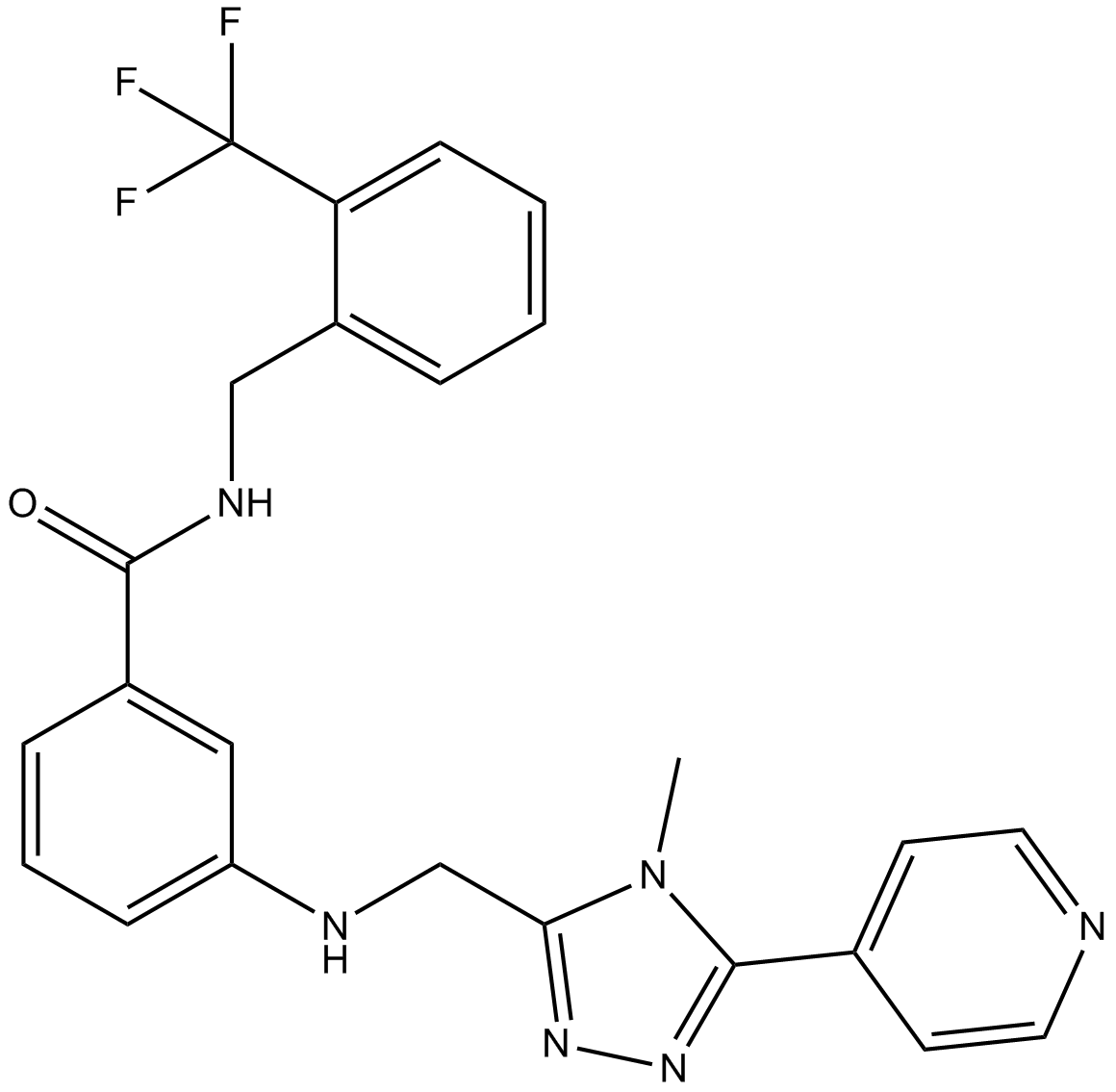 B8532 CMPD101Summary: 一种高效、高选择性、膜透性的 GRK2/3 小分子抑制剂
B8532 CMPD101Summary: 一种高效、高选择性、膜透性的 GRK2/3 小分子抑制剂 -
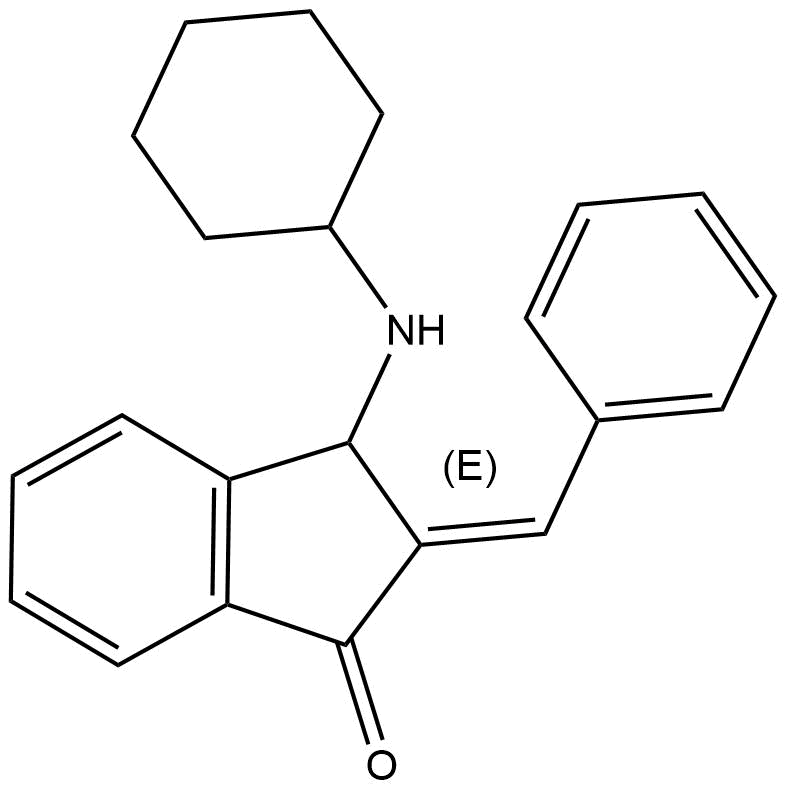 B8554 BCISummary: 双特异性磷酸酶(DUSP)的变构抑制剂
B8554 BCISummary: 双特异性磷酸酶(DUSP)的变构抑制剂 -
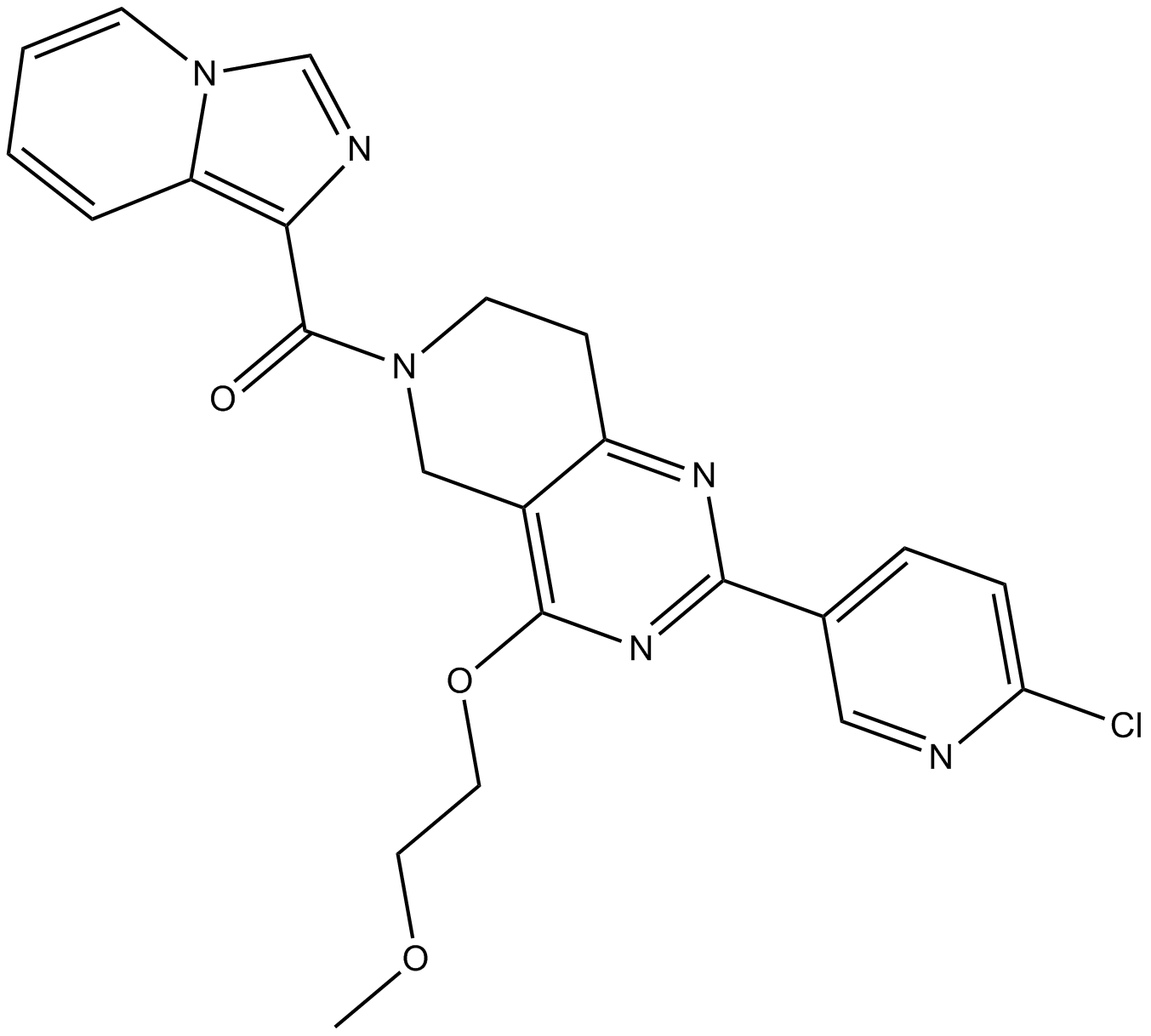 B8546 THPP-1Summary: 有效的,具有选择性和口服活性的磷酸二酯酶10A (PDE10A) 抑制剂
B8546 THPP-1Summary: 有效的,具有选择性和口服活性的磷酸二酯酶10A (PDE10A) 抑制剂 -
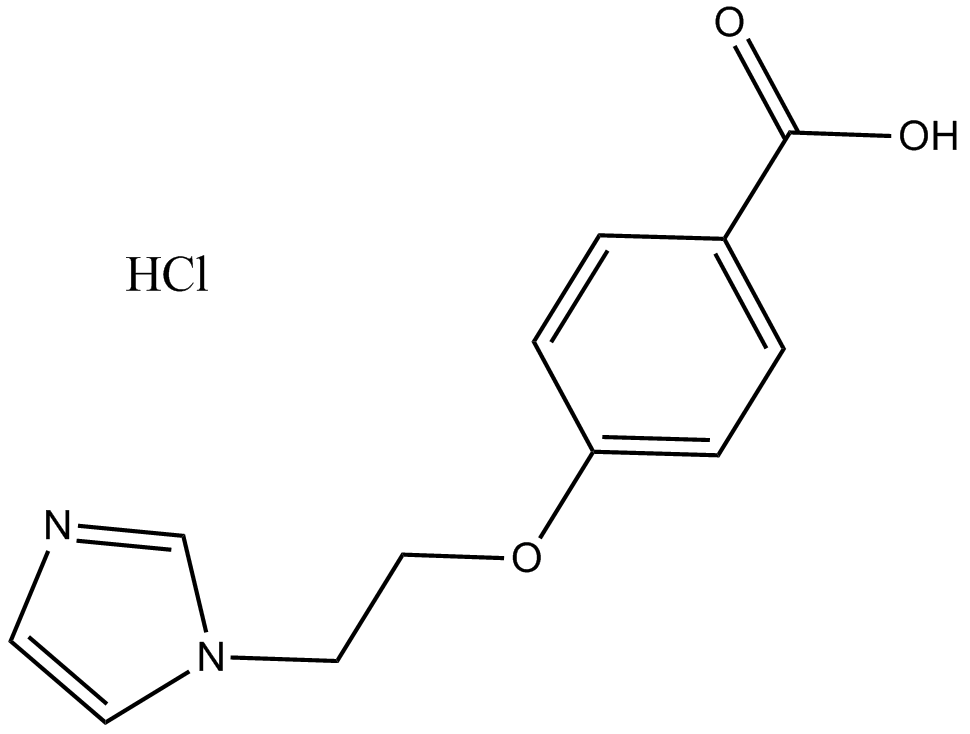 B8542 Dazoxiben hydrochloride中文名: 达唑氧苯Summary: 有效且具有口服活性的血栓烷合成酶抑制剂
B8542 Dazoxiben hydrochloride中文名: 达唑氧苯Summary: 有效且具有口服活性的血栓烷合成酶抑制剂 -
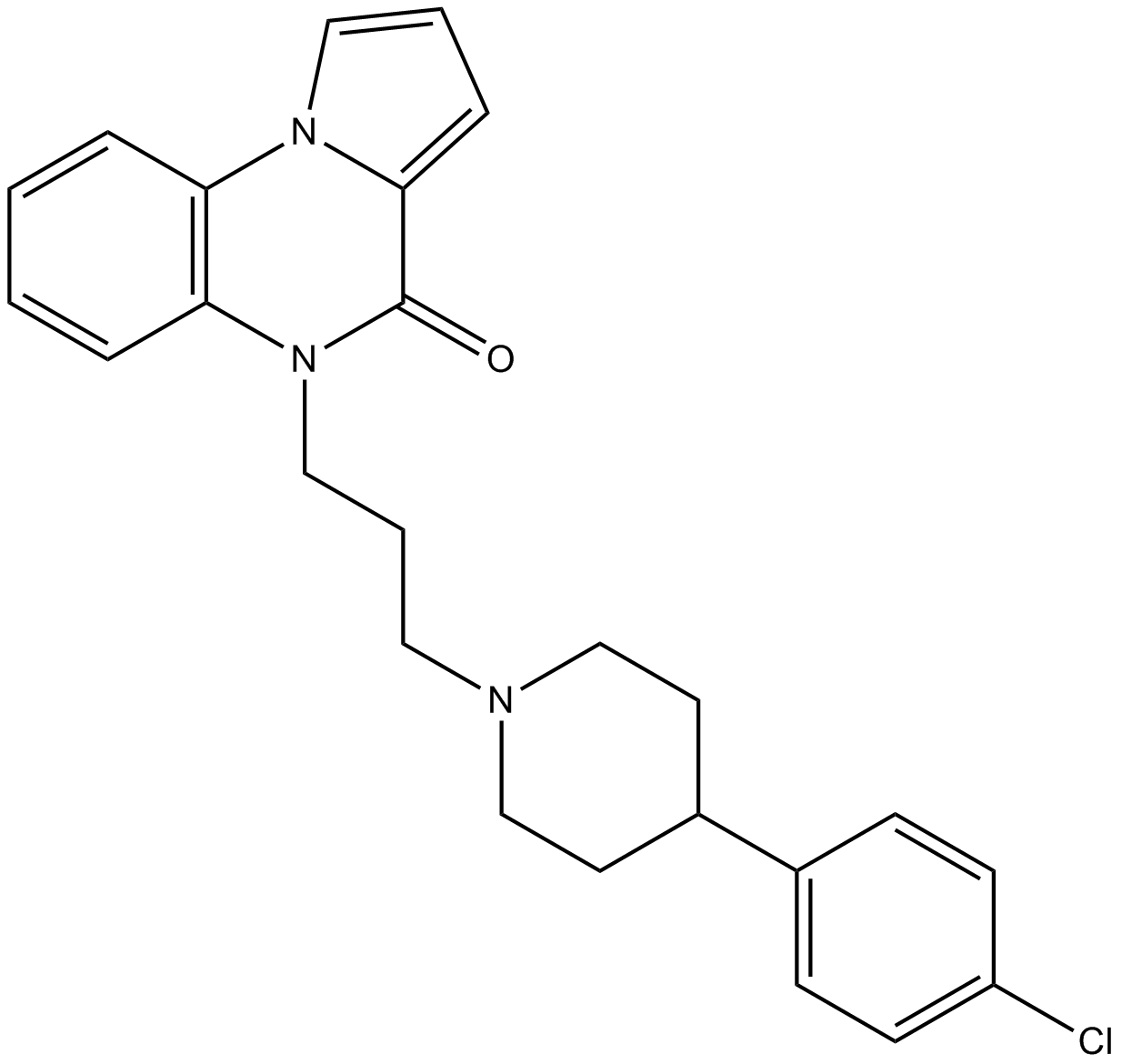 B8536 JMS-17-2Summary: 有效的选择性CX3CR1 小分子拮抗剂
B8536 JMS-17-2Summary: 有效的选择性CX3CR1 小分子拮抗剂 -
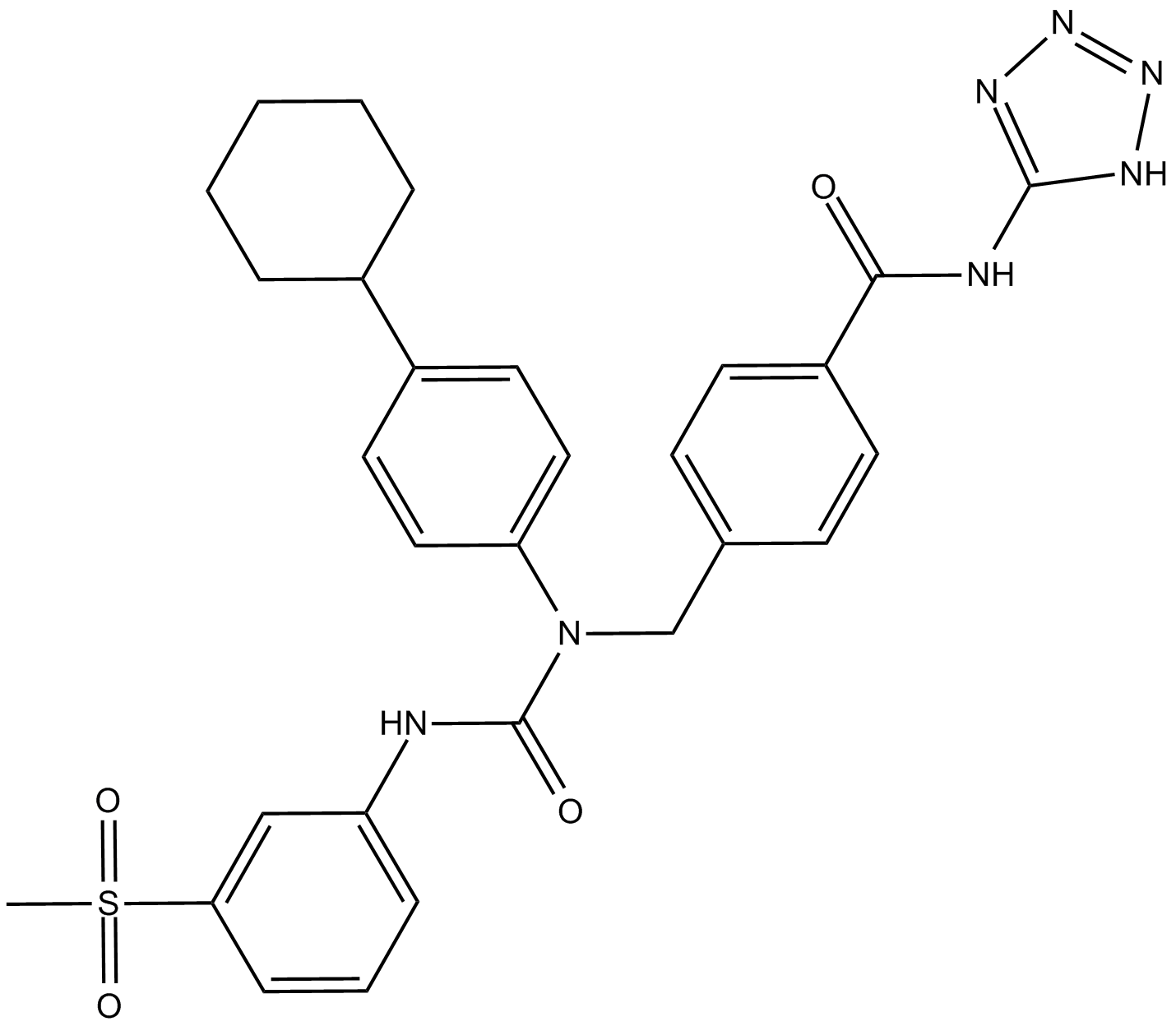 B8519 NNC-0640Summary: 有效的人类胰高血糖素受体 (GCGR) 阴性变构调节剂 (NAM)
B8519 NNC-0640Summary: 有效的人类胰高血糖素受体 (GCGR) 阴性变构调节剂 (NAM) -
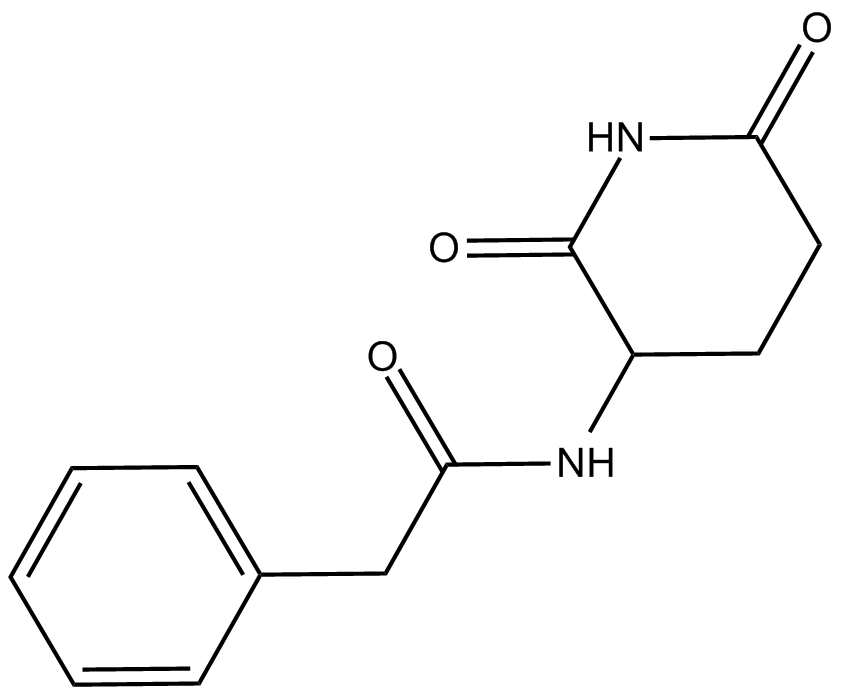 B8513 (Rac)-Antineoplaston A10Summary: Ras抑制剂
B8513 (Rac)-Antineoplaston A10Summary: Ras抑制剂 -
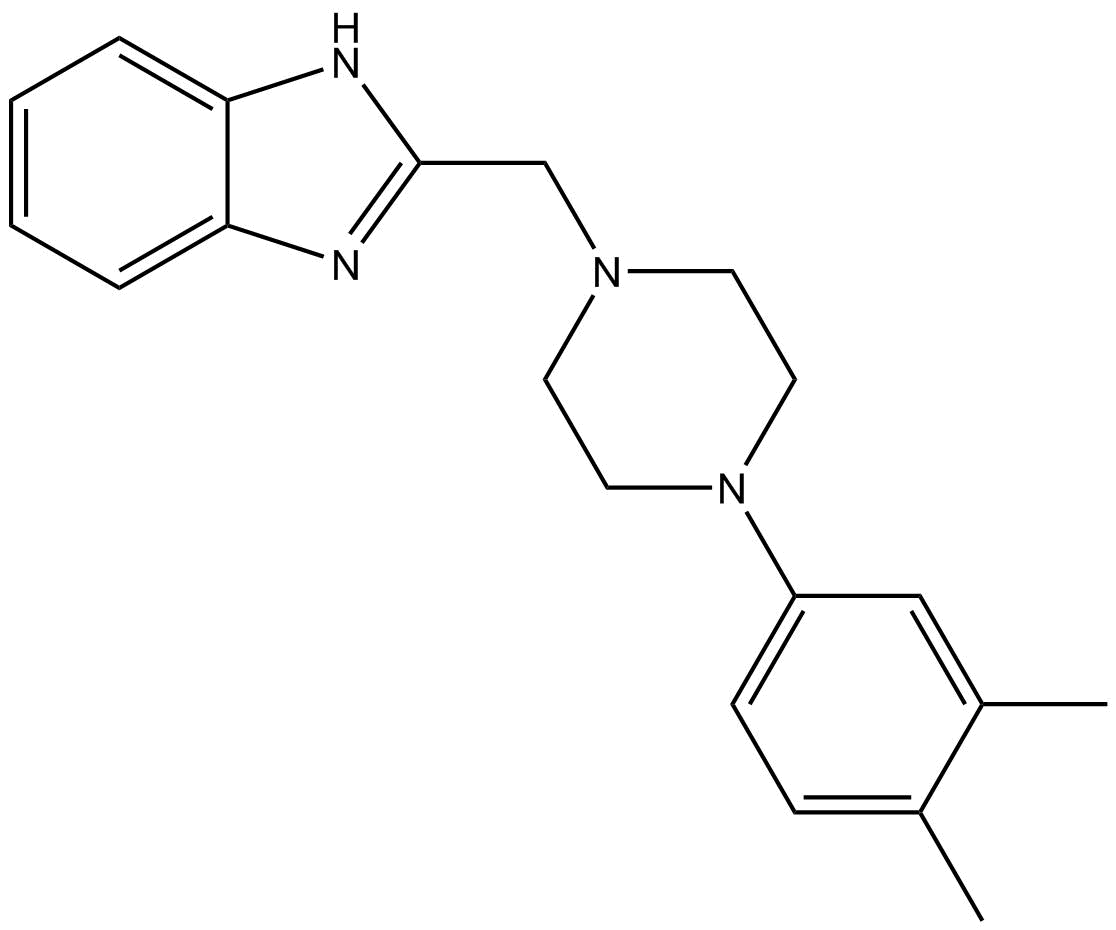 B8494 A-381393Summary: 有效、选择性、可透过血脑屏障的多巴胺D4受体拮抗剂
B8494 A-381393Summary: 有效、选择性、可透过血脑屏障的多巴胺D4受体拮抗剂 -
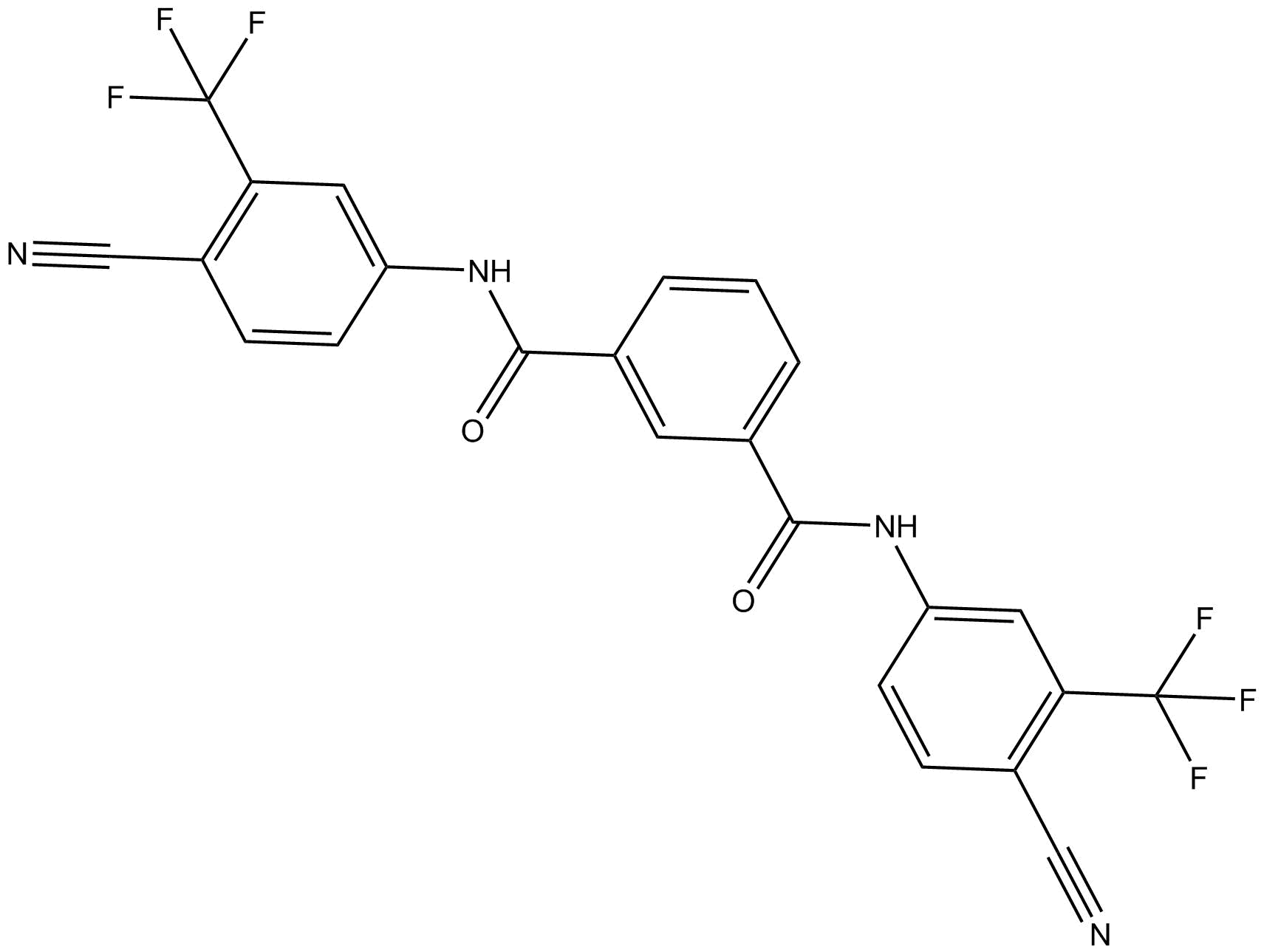 B8491 DJ-V-159Summary: G蛋白偶联受体家族C组6 A (GPRC6A) 的激动剂
B8491 DJ-V-159Summary: G蛋白偶联受体家族C组6 A (GPRC6A) 的激动剂 -
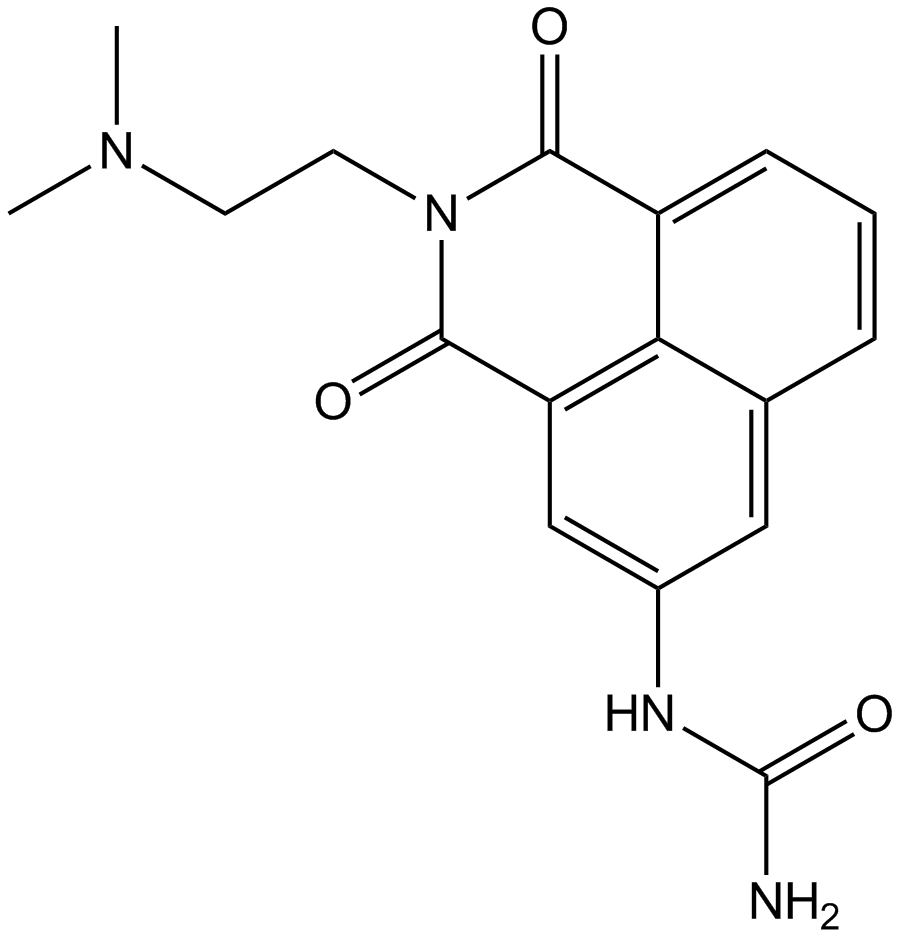 A8886 UNBS 5162Summary: CXCL趋化因子的泛拮抗剂
A8886 UNBS 5162Summary: CXCL趋化因子的泛拮抗剂

